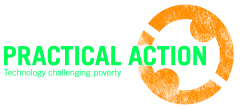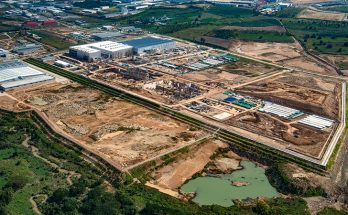Practical Action Bangladesh (PAB): Pathways from Poverty
Building Economic Empowerment and Resilience for Extreme Poor Households in Riverine areas of Bangladesh
PAB’s project has been implemented in two phases. The first phase directly supported 16,850 beneficiary households (BHHs) for 3 years. Upon completion of the first phase in early 2012, PAB is currently directly supporting an additional new batch of 15,000 BHHs for another 3 years. Phase 1 BHHs will continue to be monitored and supported by PAB on a needs-basis, and all eligible households from Phase 1 and Phase 2 will benefit from the Nutrition Component addition.
Phase 1
Start Date: 1 April 2009
End Date: 31 March 2012
Phase 2
Start Date: 1 April 2012
End Date: 31 December 2015
Project Area
4 vulnerable districts namely Rangpur, Gaibandha, Lalmonirhat and Nilphamari
See the project areas on Google Maps
Target
16,850 Beneficiary Households (BHH) Phase 1
15,000 Beneficiary Households (BHH) Phase 2
Total = 31,850 BHHs
Years to Graduate
3 years
Budget & Cost per BHH (for Phase 2)
Total livelihoods Budget is BDT 327,486,982
cost per BHH is BDT 21,832
of which direct cost per BHH is BDT 11,676
Total nutrition Budget is BDT 70,403,432
cost per BHH is BDT 2,210
of which direct cost per BHH is BDT 1,932
Key Aspects
- Generating employment opportunities for 8,000 extreme poor households through the utilisation of sand-bars, under-utilised lands and water resources;
- Providing operational access to sandbar cropping in char and fallow lands;
- Provide skills training to the beneficiaries in different fields of farm and non-farm activities;
- Adopting participatory market development approaches to link the extreme poor to markets to create income opportunities;
- Creating opportunities for the extreme poor through various on and off farm livelihood options to cope with risks and ensure year round livelihood security;
- Capacity building for protecting assets during climate variability induced disaster;
- Female-headed extreme poor households will be given priority for grants and asset transfers;
- Empowering the extreme poor by building links, awareness and enhancing their ability to increase their access to services from the local institutions, government and the private sector;
- Works in partnership with local NGOs, various stakeholders, service providers etc.;
- Partners are particularly responsible for sensitisation, motivation, organisation and group formation, assessment and the development of needs-based programmes;
- 2 strategic partners of PFP shiree project one is responsible for mainstreaming the Peoples With Disability (PWD) and another one is responsible for measure the poverty graduation and advocacy.
- Strengthening Community Based Fisheries Management (CBFM), which need access to common water bodies;
- Developing 600 Rural Service Providers (RSP)
- Focus on remote and vulnerable embankment dwellers;
Outputs
- Secured operational access to sandbar and underutilised lands by the extreme poor;
- Secured market access and increased income;
- Provided asset protection strategies that increase resilience to impacts of disaster and seasonal food crises;
- Strengthened market linkages of the target group at the local level and increased decision making capacity.




